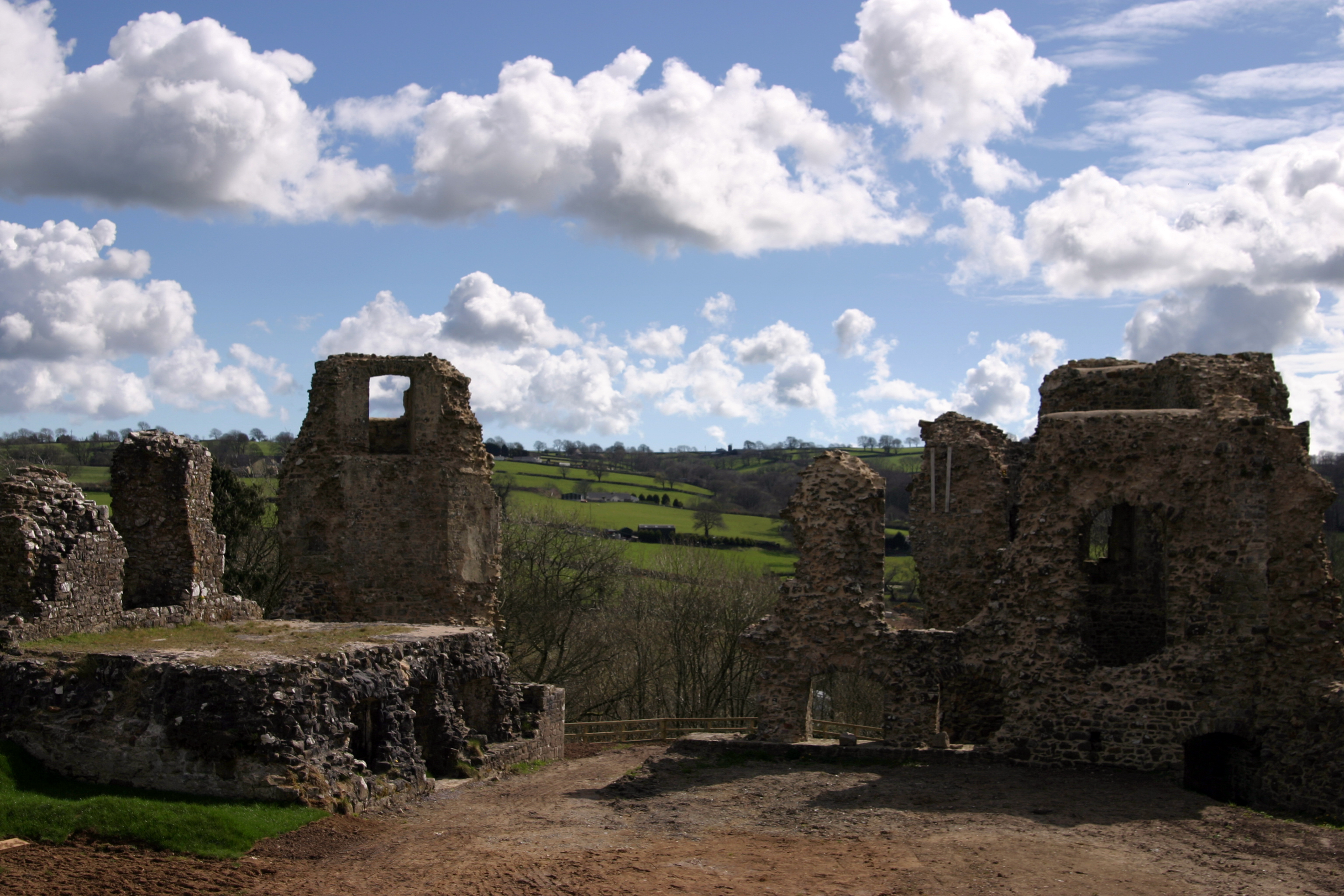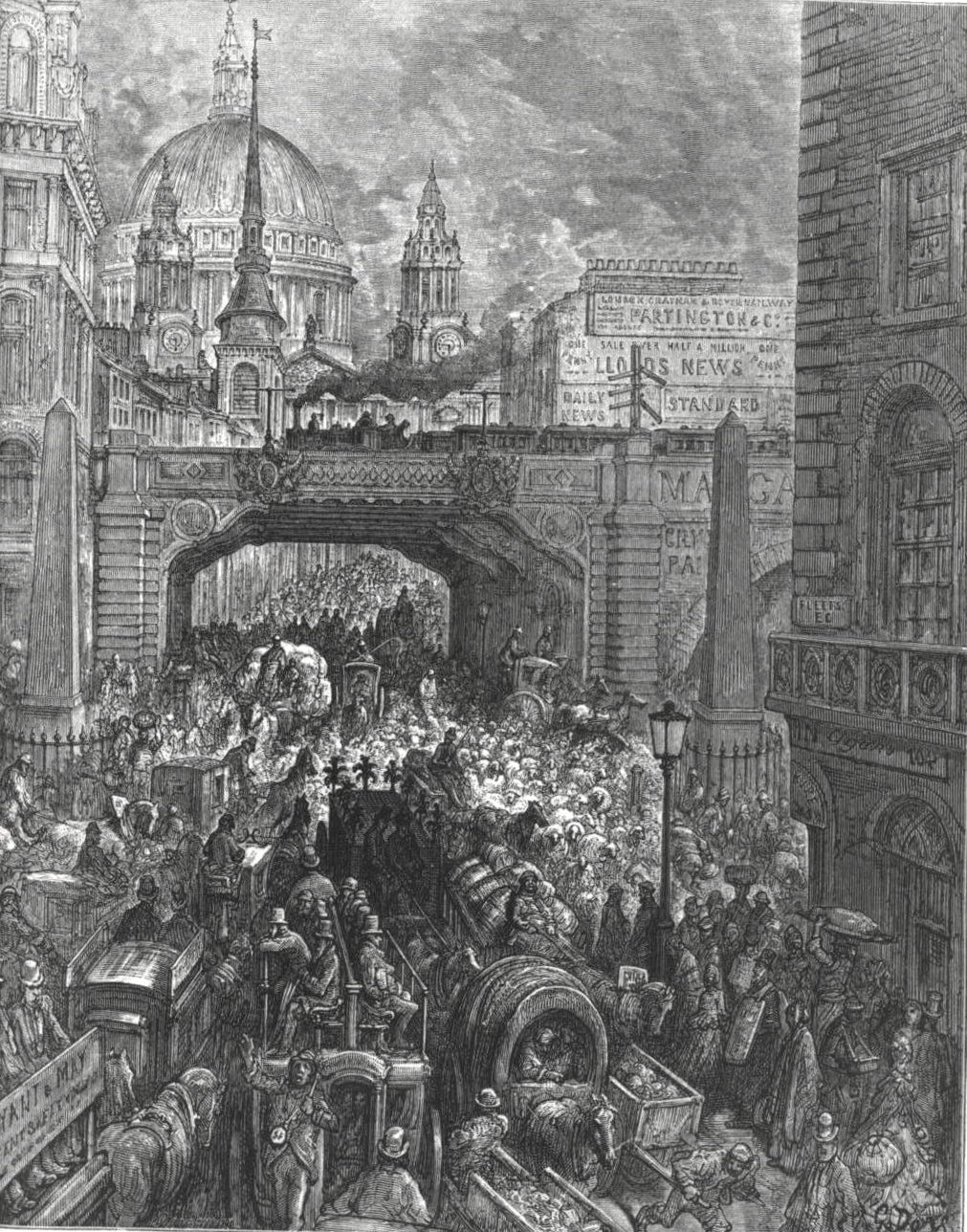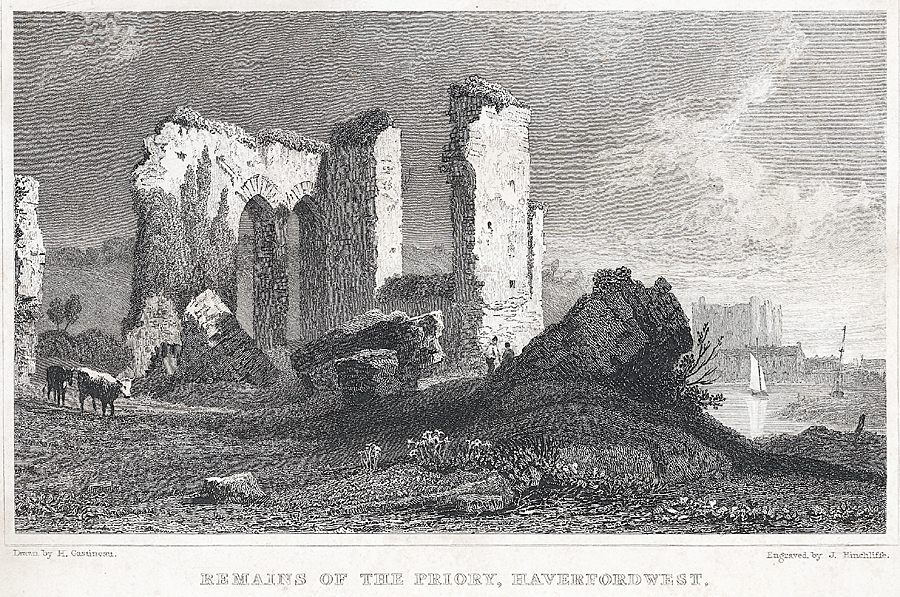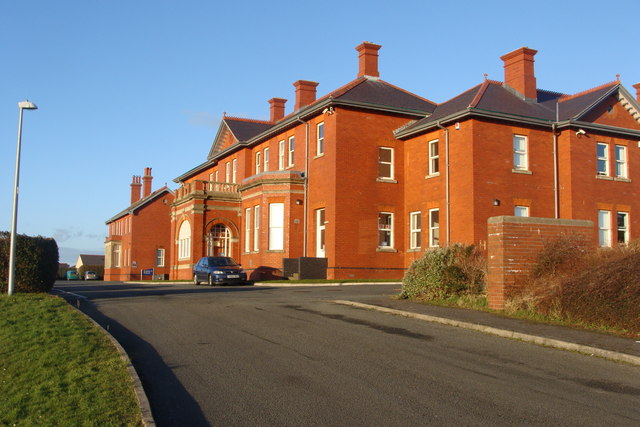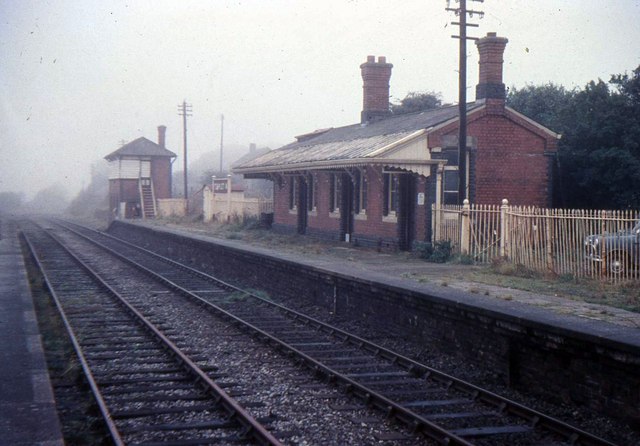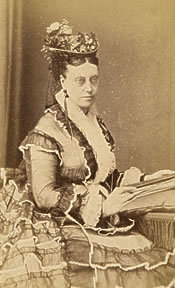|
Narberth Town Hall
Narberth Town Hall ( cy, Neuadd y Dref Arberth) is a municipal building in the High Street, Narberth, Pembrokeshire, Wales. The structure, which is currently used as a shop, is a Grade II listed building. History The building was commissioned as a combined lock-up and courthouse. The site that the civic officials selected was occupied by a water tank from where the local people collected their water. It was designed in the neoclassical style, built in rubble masonry using stone from a quarry at Robeston Wathen and was completed in around 1833. The design involved a symmetrical main frontage with three bays facing north up the High Street; it featured two flights of steps, on either side of the central bay, providing access to a round-headed doorway on the first floor. The building was remodelled to a design by the county surveyor, William Owen, with slightly projecting voussoirs, in 1845. Internally, the principal rooms were the lock-up on the ground floor and the courtroom ... [...More Info...] [...Related Items...] OR: [Wikipedia] [Google] [Baidu] |
Narberth, Pembrokeshire
Narberth ( cy, Arberth) is both a town and a community in Pembrokeshire, Wales. It was founded around a Welsh court and later became a Norman stronghold on the Landsker Line. It became the headquarters of the hundred of Narberth. It was once a marcher borough. George Owen described it in 1603 as one of nine Pembrokeshire "boroughs in decay". In 2011, the population was 2,150, of which a third are Welsh-speaking. Narberth is close to the A40 trunk road and is on the A478. Narberth railway station is on the main line from Swansea. The community includes the village of Crinow. Etymology The Welsh name of the town, ', is a compound of ' "on, against" + ' "hedge" (cf. Perth in Scotland). The phrase ' "in Narberth" was rebracketed when borrowed into English, giving the present-day English name, Narberth. History In the Iron Age, there was a defended enclosure to the south of the current town centre on Camp Hill. Narberth was founded around a Welsh court, but later became ... [...More Info...] [...Related Items...] OR: [Wikipedia] [Google] [Baidu] |
Ludgate Hill
Ludgate Hill is a street and surrounding area, on a small hill in the City of London. The street passes through the former site of Ludgate, a city gate that was demolished – along with a gaol attached to it – in 1760. The area includes St Paul's Cathedral. The modern cathedral, it has been claimed, was built on a site that – during the Roman British era of the early first millennium – was occupied by a major Roman temple, dedicated to the goddess Diana. Ludgate Hill itself is traditionally regarded as one of a trio of hills in Central London, the others being Tower Hill and Cornhill. The highest point is just north of St Paul's, at above sea level. The modern street named Ludgate Hill, which was previously a much narrower thoroughfare named Ludgate Street, runs between St Paul's Churchyard and Ludgate Circus (built in 1864), at which point it becomes Fleet Street. Description Many small alleys on Ludgate Hill were swept away in the mid 1860s to build Ludgate ... [...More Info...] [...Related Items...] OR: [Wikipedia] [Google] [Baidu] |
City And Town Halls In Wales
A city is a human settlement of notable size.Goodall, B. (1987) ''The Penguin Dictionary of Human Geography''. London: Penguin.Kuper, A. and Kuper, J., eds (1996) ''The Social Science Encyclopedia''. 2nd edition. London: Routledge. It can be defined as a permanent and densely settled place with administratively defined boundaries whose members work primarily on non-agricultural tasks. Cities generally have extensive systems for housing, transportation, sanitation, utilities, land use, production of goods, and communication. Their density facilitates interaction between people, government organisations and businesses, sometimes benefiting different parties in the process, such as improving efficiency of goods and service distribution. Historically, city-dwellers have been a small proportion of humanity overall, but following two centuries of unprecedented and rapid urbanization, more than half of the world population now lives in cities, which has had profound consequences for g ... [...More Info...] [...Related Items...] OR: [Wikipedia] [Google] [Baidu] |
Haverfordwest
Haverfordwest (, ; cy, Hwlffordd ) is the county town of Pembrokeshire, Wales, and the most populous urban area in Pembrokeshire with a population of 14,596 in 2011. It is also a community, being the second most populous community in the county, with 12,042 people, after Milford Haven. The suburbs include the former parish of Prendergast, Albert Town and the residential and industrial areas of Withybush (housing, retail parks, hospital, airport and showground). Haverfordwest is located in a strategic position, being at the lowest bridging point of the Western Cleddau prior to the opening of the Cleddau Bridge in 1975. Topography Haverfordwest is a market town, the county town of Pembrokeshire and an important road network hub between Milford Haven, Pembroke Dock, Fishguard and St David's as a result of its position at the tidal limit of the Western Cleddau. The majority of the town, comprising the old parishes of St. Mary, St. Martin and St. Thomas, lies on the right (wes ... [...More Info...] [...Related Items...] OR: [Wikipedia] [Google] [Baidu] |
South Pembrokeshire
South Pembrokeshire ( cy, De Sir Benfro) was one of six local government districts of Dyfed, Wales from 1974 to 1996. Creation The district was formed on 1 April 1974 under the Local Government Act 1972, from the following parts of the administrative county of Pembrokeshire: *Narberth Rural District * Narberth Urban District * Pembroke Municipal Borough (which included Pembroke Dock) *Pembroke Rural District *Tenby Municipal Borough The map shows the district as defined above. However, in 1981, the communities of Bletherston, Clarbeston, Llandeilo Llwydarth, Llandissilio West, Llangolman, Llanycefn, Llys y Fran, Maenclochog, Mynachlog-ddu, New Moat and Vorlan were transferred to Preseli district. Premises The council was based at Llanion Park at Pembroke Dock. The building had been built in 1904 as part of the Llanion Barracks, and had been acquired by the former Pembroke Borough Council in the early 1970s to serve as its headquarters, just a couple of years before that coun ... [...More Info...] [...Related Items...] OR: [Wikipedia] [Google] [Baidu] |
Templeton, Pembrokeshire
Templeton (Welsh: ''Tredeml'') is a village and community in Pembrokeshire, Wales. The population of the community was 943 in 2011. The built-up area had a population of 627. History Early history The placename Templeton may derive from “The Templar's Farm” or (“Tun”). It is possible that the Knights Templar had some form of religious house here before their possessions were taken over by the Knights Hospitallers, which had a commandery at nearby Slebech, which, by 1282 passed to the Mortimers, Lords of Narberth. In 1282 Templeton was referred to as "Villa temparil" which means the “Vil” or settlement of the Templars and "Villa Templarorium Campestris" – the vil of the Templars in the fields. In 1283 there was also a reference to “Burgesses”. These burgesses were "de vento" - "of the wind" meaning they were not property owners within the settlement but were permitted to come in and out of trade on a regular basis. Burgesses at Templeton are again recorded i ... [...More Info...] [...Related Items...] OR: [Wikipedia] [Google] [Baidu] |
Emmeline Pankhurst
Emmeline Pankhurst ('' née'' Goulden; 15 July 1858 – 14 June 1928) was an English political activist who organised the UK suffragette movement and helped women win the right to vote. In 1999, ''Time'' named her as one of the 100 Most Important People of the 20th Century, stating that "she shaped an idea of objects for our time" and "shook society into a new pattern from which there could be no going back". She was widely criticised for her militant tactics, and historians disagree about their effectiveness, but her work is recognised as a crucial element in achieving women's suffrage in the United Kingdom. Born in the Moss Side district of Manchester to politically active parents, Pankhurst was introduced at the age of 14 to the women's suffrage movement. She founded and became involved with the Women's Franchise League, which advocated suffrage for both married and unmarried women. When that organisation broke apart, she tried to join the left-leaning Independent Labour P ... [...More Info...] [...Related Items...] OR: [Wikipedia] [Google] [Baidu] |
Suffragette
A suffragette was a member of an activist women's organisation in the early 20th century who, under the banner "Votes for Women", fought for the right to vote in public elections in the United Kingdom. The term refers in particular to members of the British Women's Social and Political Union (WSPU), a women-only movement founded in 1903 by Emmeline Pankhurst, which engaged in direct action and civil disobedience. In 1906, a reporter writing in the ''Daily Mail'' coined the term ''suffragette'' for the WSPU, derived from suffragist (any person advocating for voting rights), in order to belittle the women advocating women's suffrage. The militants embraced the new name, even adopting it for use as the title of the newspaper published by the WSPU. Women had won the right to vote in several countries by the end of the 19th century; in 1893, New Zealand became the first self-governing country to grant the vote to all women over the age of 21. When by 1903 women in Britain had ... [...More Info...] [...Related Items...] OR: [Wikipedia] [Google] [Baidu] |
Urban District (Great Britain And Ireland)
In England and Wales, Northern Ireland, and the Republic of Ireland, an urban district was a type of local government district that covered an urbanised area. Urban districts had an elected urban district council (UDC), which shared local government responsibilities with a county council. England and Wales In England and Wales, urban districts and rural districts were created in 1894 (by the Local Government Act 1894) as subdivisions of administrative counties. They replaced the earlier system of urban and rural sanitary districts (based on poor law unions) the functions of which were taken over by the district councils. The district councils also had wider powers over local matters such as parks, cemeteries and local planning. An urban district usually contained a single parish, while a rural district might contain many. Urban districts were considered to have more problems with public health than rural areas, and so urban district councils had more funding and greater power ... [...More Info...] [...Related Items...] OR: [Wikipedia] [Google] [Baidu] |
Bell-cot
A bellcote, bell-cote or bell-cot is a small framework and shelter for one or more bells. Bellcotes are most common in church architecture but are also seen on institutions such as schools. The bellcote may be carried on brackets projecting from a wall or built on the roof of chapels or churches that have no towers. The bellcote often holds the Sanctus bell that is rung at the consecration of the Eucharist. The bellcote is mentioned throughout history books when referring to older structures and communities. ''Bromsgrove church: its history and antiquities'' is one example which goes into depth about the construction and maintenance of the bellcoteBellcotes are also discussed in The Wiltshire Archæological and Natural History MagazineVolume 8anProceedings of the Somersetshire Archaeological and Natural ..., Volume 29 Etymology ''Bellcote'' is a compound noun of the words ''bell'' and ''cot'' or ''cote''. Bell#Etymology, ''Bell'' is self-explanatory. The word ''cot'' or ''cot ... [...More Info...] [...Related Items...] OR: [Wikipedia] [Google] [Baidu] |
Pyramid
A pyramid (from el, πυραμίς ') is a structure whose outer surfaces are triangular and converge to a single step at the top, making the shape roughly a pyramid in the geometric sense. The base of a pyramid can be trilateral, quadrilateral, or of any polygon shape. As such, a pyramid has at least three outer triangular surfaces (at least four faces including the base). The square pyramid, with a square base and four triangular outer surfaces, is a common version. A pyramid's design, with the majority of the weight closer to the ground and with the pyramidion at the apex, means that less material higher up on the pyramid will be pushing down from above. This distribution of weight allowed early civilizations to create stable monumental structures. Civilizations in many parts of the world have built pyramids. The largest pyramid by volume is the Great Pyramid of Cholula, in the Mexican state of Puebla. For thousands of years, the largest structures on Earth were pyrami ... [...More Info...] [...Related Items...] OR: [Wikipedia] [Google] [Baidu] |
James William Benson
James William Benson (12 April 1826 – 7 October 1878) was an English scientific instrument maker, gold/silversmith, and watchmaker. Early life James William Benson was born in Reading, Berkshire, England. He was the son of William Benson and Phoebe Suckley. Career Samuel Suckley Benson (born in 1822 in London) and James William Benson founded the company S. S. & J. W. Benson in 1847. They purchased the premises, and possibly the business interests, of established companies in London at Cornhill and Ludgate Hill, from which they sometimes claimed a date of foundation of 1749.John Culme "The Directory of Gold and Silversmiths, Jewellers and Allied Traders, 1838-1914: From the London Assay Office Registers" Publication Date: 15 Oct 1987 The partnership was dissolved on 27 January 1855 and James William continued in business under the name 'J. W. Benson'. James William Benson died on 7 October 1878, aged 52, and his sons James, Alfred and Arthur took over the running of th ... [...More Info...] [...Related Items...] OR: [Wikipedia] [Google] [Baidu] |
